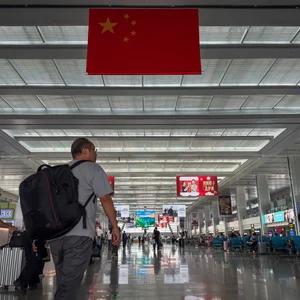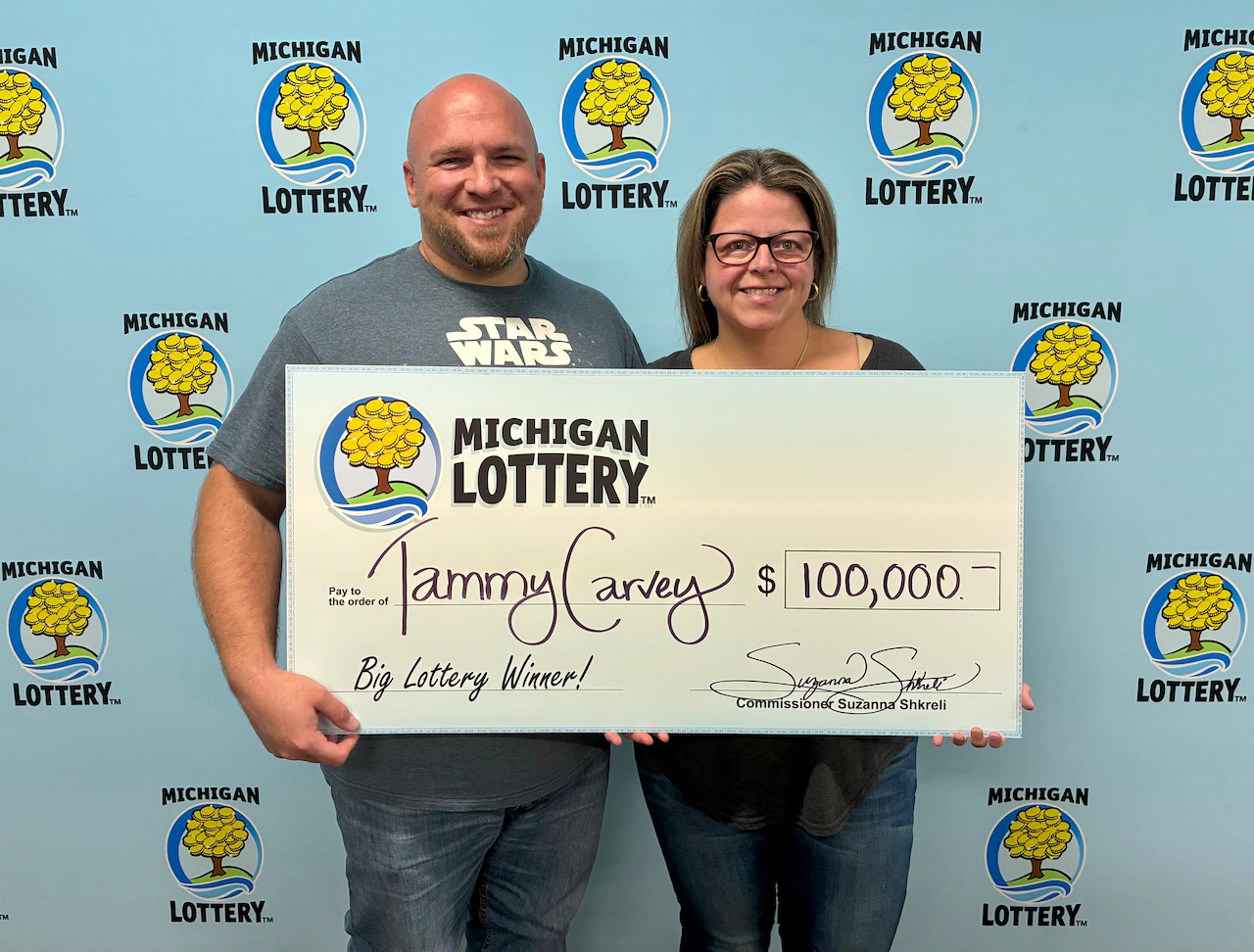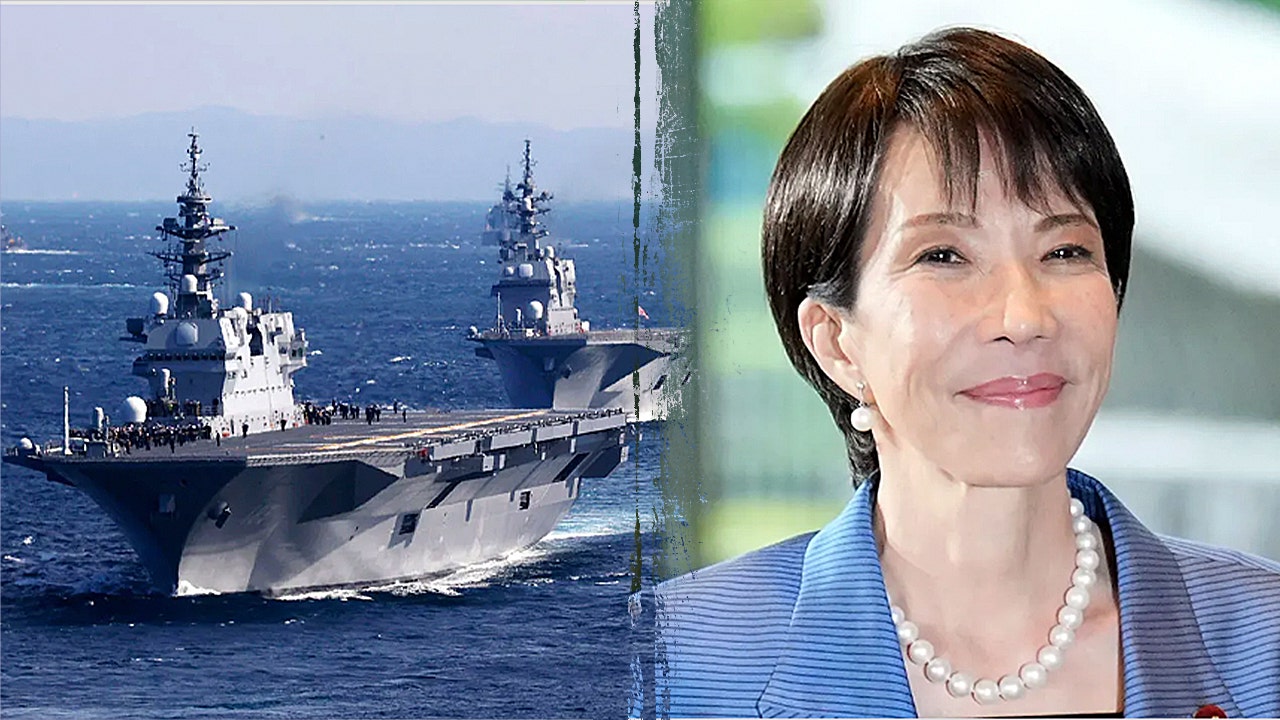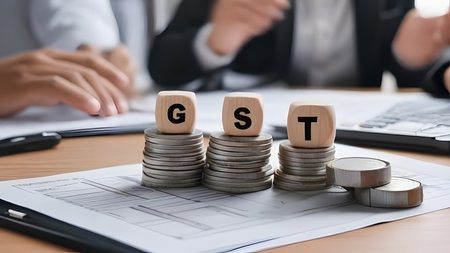Copyright thewest
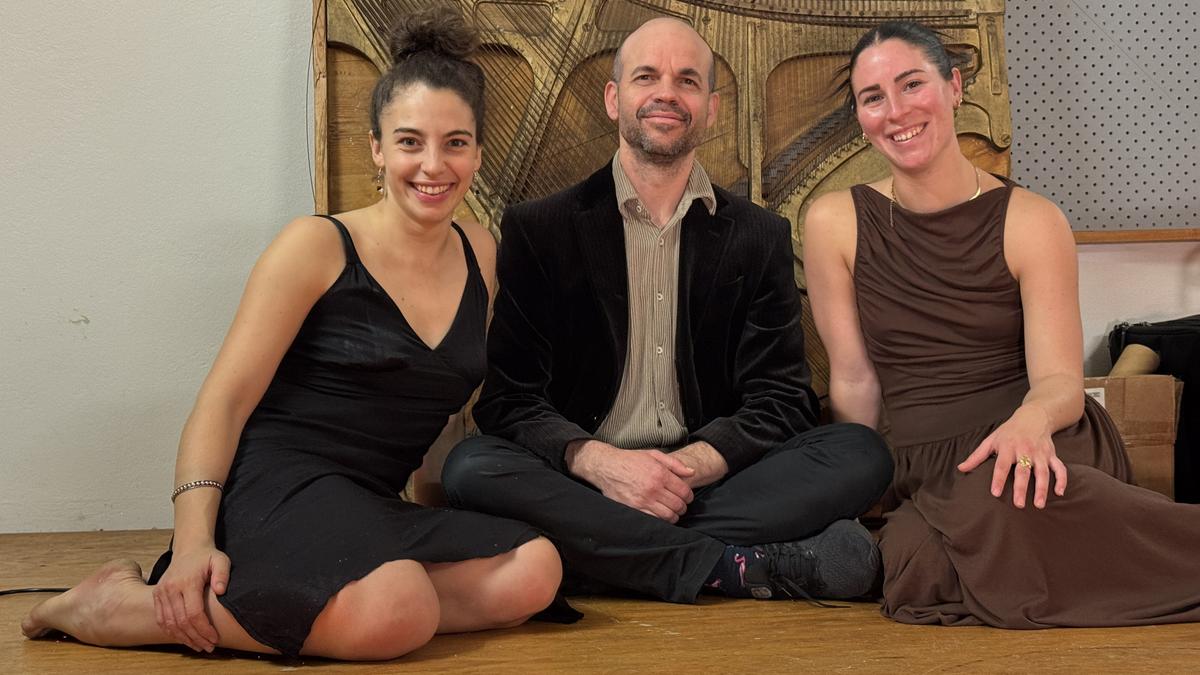
The double-bill show, Ghosts and Carcass premieres in Fremantle on October 23 and 24, 2025. Music, dance and story come together in a burst of creativity. WRITER, COMPOSER, CHOREOGRAPHERS, PERFORMERS Stephen Scourfield Stephen still has the first hand-bound books he wrote and made as a child. He feels he is still writing and making small books — including this work, Ghosts, which combines the poetic with the results of his decades of travel in remote WA. Stephen has been the Travel editor of The West Australian for 23 years, and is Travel editor of The Sunday Times. He is also an award-winning novelist and has published four books of fiction. With Steve Richter, he writes and performs West Travel Club’s Round the World Dinners — with a scripted story about each of the places we “visit” in the evening, performed live with Steve’s music composed for each place. Steve Richter Steve is a percussionist and composer based in Fremantle. He has performed more than 3500 gigs, creates hybrid live set-ups, and has worked with Stephen Scourfield for a decade. They first wrote and performed a show for Musica Viva, and have written and played nearly 20 Round the World Dinners for our readers. Steve has a wealth of musical experience and versatility. He began his love affair with music when he was three, moving to percussion after finishing school. He graduated from the West Australian Academy of Performing Arts with a BA in music. He performs with the WA Symphony Orchestra, and is a founding member of well-known outfit Tetrafide Percussion. Steve plays and composes music in a number of other bands including the eclectic Mr Sister with Mel Robinson, Sabrosan (Latin big band), and Wood. Steve has been a session lecturer at the prestigious Royal College of Music in London, WAAPA, and the University of Western Australia. He teaches at both private schools and Armadale Senior High School. Steve combines his musical expertise with his deep sense of the spiritual to create wonderfully diverse music. Annmarie Clifton-James Raised in the South West of WA, Annmarie Clifton-James received her introduction to the dance world while she was literally still in her pram, watching her mum play the piano for ballet classes. She started dancing aged three and, after high school, her skill and passion led her to audition for the West Australian Academy of Performing Arts (WAAPA). Annmarie graduated from WAAPA and LINK Dance Company with Honours in 2023, where she was recognised as the Most Outstanding Bachelor Student and received the Dance Theatre of WA Award, the 2022 Palisade Award, and the Peter Hurford Award of Excellence. She has worked with leading companies including West Australian Ballet, STRUT Dance, and CO3, and has performed in works by choreographers such as Sidi Larbi Cherkaoui, James Vu An Pham, Anouk Van Dijk, and Raewyn Hill. Alongside performing, Annmarie has recently founded Moving with the Land, a touring regional and remote dance workshop for isolated communities. Jo graduated from WAAPA with a Bachelor of Arts (Dance) in 2018 where and was a joint recipient of the Palisade Award for most outstanding dance graduate. In 2017, Jo was accepted on an international exchange program for one semester at the Conservatory of Dance at the State University of New York in the US. In 2019, Jo joined LINK Dance Company as part of her honours degree at WAAPA. Her recent performances have included LINK’s The Body Politic Season in Perth; Movement Sur La Ville in Montpellier, France; Uriage Festival in Grenoble, France; Faites De La Danse in Marseille, France; and the International Creative Dance Seminar in Beijing, China. In 2021, Jo performed with Co3 in Raewyn Hill’s Archives Of Humanity, commissioned by the Festival of Perth. Q&A by arts writer Will Yeoman Stephen Scourfield Q Will: Ghosts is based on WA’s ghost towns. What inspired you to explore this, and what do you hope to convey to the audience about these melancholy abandoned places? A Stephen: On one hand, I’m a travel writer with the wider interest in connecting and reconnecting readers to places new or known to them. Ghost towns fit the bill perfectly, of course. But they are also a window into the past — largely the Goldfields history of WA. And that is a history of dreams (which also backs very nicely into the ghostly theme). On the other hand, as a writer of fiction and scripts, the ghosts theme widens into the things that haunt us — people, emotions, memories. Q Will: You’ve collaborated with Steve for a decade now. How has this process evolved over the years, and what makes the partnership so successful? A Stephen: Working with Steve has become intuitive. We are on the same wavelength. He gives me inspiration and confidence. Q Will: The performance is a double-bill that includes Carcass. You mention that what connects the works is their exploration of beauty and fragility. Care to elaborate? A Stephen: The piano too is a ghost, of sorts — a skeleton given another life; reincarnated at the hands of a musician, making ghostly, ghastly sounds. We are destined to become a carcass… some day dead. It may be a natural progression to then become a ghost (!) Q Will: You’ve written stories and made books since you were a child, and have had a long career as Travel Editor for The West. How does writing for a live performance like this differ from your other writing work? A Stephen: Writing is just writing. Whether the story is going in print or online, or I am going to stand up and speak it to an audience — it is always about looking the reader in the eye (emotionally and morally, if not always physically). I have always felt that — so standing on a stage, facing the people who have kindly come to hear and see what we are offering is always as simple as being honest. Q Will: What was it like to see the dancers in actual rehearsal for the first time, working with the material? A Stephen: My only job in Carcass is as a “TA” — technical assistant. Roadie. Lighting guy. At first rehearsal, I turned on my digital spotlight, and it shot red across the floor and up the following wall. Annmarie and Jo ran and slide the length in the room and then started dancing together in the red light. Without music! It was electrifying – mesmerising. Watching them is like watching a flame. I have felt so privileged to work with them — to feel their energy and be energised by it. Steve Richter Q Will: You composed the music for both Ghosts and Carcass. How did you approach creating a distinct musical identity for each piece, and what were your influences? A Steve: An old rusted piano carcass has been kicking around my music studio for a number of years. My best guess is that it’s on an unofficial perma-loan from my friend and colleague David Pye (but I need to check that with him). Hopefully he doesn’t want it returned to him before our show! I have always wanted to do something with it, because it had interesting possibilities to explore; but what? When the opportunity to collaborate on this project came about (thanks Stephen and Will for getting the ball rolling), I thought it would be the right time to attempt to create a portion of the work using the piano carcass. Initially I had planned to only use the carcass for a small fragment, but my first experiments went so well that I thought an interesting idea would be to see if I could make the entire score using just the piano. The challenge would be to see if the carcass on its own would have enough substance to be the only sound used. (Spoiler alert- there are a couple of other surprise sounds in there as well, but the vast majority stem from the piano with the help of some electronic effects) The piano carcass itself is a rusty and dilapidated relic, yet also has a sculptural and somewhat elegant appearance. It doesn’t sound melodic or sonorous as a piano in good shape would, and it lacks the familiar black and white keybed synonymous with keyboards, so I had to learn what was possible with the instrument over several weeks of R and D. The possibilities revealed themselves over time and the sound palette is quite eerie and intense, so spooky themed influences came immediately to mind; think Frankenstein, ghosts, horror themes etc. I had to then temper those sounds with more subtle and gentle moments to create some contrast against that more heavier sounding backdrop. With Ghosts we wanted something thematically aligned with the ideas of Carcass to round out the performance, and so the idea of Stephen writing about Ghost towns within WA seemed a good fit. Musically, this piece is still under construction but I will draw on my knowledge of being on the road in WA and seeing some of these places both from Stephen’s photos and from visiting them while being on the road. Q Will: For Carcass, you perform live sounds and electronics on a “piano carcass.” Can you describe the sound of this unusual instrument and the challenges or opportunities it presents? A Steve: The sound of the piano really needs to be experienced in person because it is so unique. Therefore it is a challenge to pin down using words. But here goes…. Eerie and other-worldly, ghostly and epic are descriptors that spring to mind. The piano, both with how it looks and sounds in its decomposing glory is the inspiration for the musical elements of the piece, and I let it tell me what it was capable of over a few weeks of experimentation. There are quite a few challenges with using an instrument like this. Firstly, there is no user manual for technique. You can’t just go down the road and get a lesson from somebody on how to play a busted piano guts, and so a lot of exploration was necessary. All the sounds have come about through experimenting with tapping and hitting the instrument with a wide variety of marimba and xylophone mallets, thimbles, guitar slides, picks, finger nails etc to help answer the question; “how many sounds can i get out of this thing?” Secondly, the weight of the piano represents another problem solving exercise due to the fact that the familiar piano cabinet and keybed are long gone. It doesn’t look at all like a piano anymore and is just a block of metal and timber in its current state. We are devising a custom frame to make it mobile and help with being able to place it on stage. Currently, it just leans precariously up against a wall in my studio! The instrument also presented some scope to combine it with some electronic sounds and effects which has always been an area of interest for me. I have miked it up and put alot of different delays and effects on it to enhance, change and mangle sounds in a variety of ways. Q Will: You’ve been performing for many years and are involved in several different musical projects. How does this show fit into the broader scope of your musical career? A Steve: Throughout my musical career, I have often just said ‘yes’ to new opportunities and so I feel in some ways not locked in to a particular style or genre. I started off in the classical music framework and progressed to more world music and pop and now favourites pastimes include improvising on the vibraphone on more jazz tunes and using electronics, so I have really just followed where the wind blows combined with pursuing areas of interest. This particular project brings together something familiar which is working with Stephen, with something unique and unusual which is the piano instrument and the opportunity to meet and work with Annmarie and Jo. Stephen and I have been working together for many years, and working with friends is always fun and a great privilege. In this scenario, new things are created, but they are done with the backdrop of familiarity and friendship. On the flipside, expanding out and doing something unusual with a unique instrument is creatively very satisfying, however all the unknowns get the cortisol flowing a little more! This project has also brought me into Annmarie and Jo’ s orbit as we work together for the first time, There has been a bubbling up of spontaneous creativity, sharing of ideas and collaborative problem solving which is extremely energizing and inspiring. Perhaps there will be more to come in this space in future? Q Will: The venue for this performance is the Artsource Atrium in Fremantle. How does the space influence your musical performance? A Steve: The Artsource space is fantastic; the pressed tin ceiling and the cavernously high ceilings, combined with the white-washed surfaces lend themselves effortlessly to the themes explored in Carcass and Ghosts. Being such an old building, it wouldn’t surprise me if there was a ghost or two floating around in the halls at Phillimore St (though I have yet to encounter one). The stage area I think provides plenty of scope for Jo and Annmarie to be creative and expansive with their chereo, and that is something to really enjoy from an audience perspective, and something I look forward to seeing. Artsource have been very supportive to many artists including myself, and I am very grateful for their support. Please support their events by checking out whats on at Artsource https://www.artsource.net.au/Whats-On Q Will: Having worked with Stephen Scourfield for a decade, how did his story of WA’s ghost towns inspire your musical compositions for this project? A Steve: Stephen’s haunting photos of Gwalia with the corrugated iron and red dirt are evocative of the music that I am trying to capture. I always try and support his words with the ‘right’ feeling and vibe with my music, and so I am auditioning a bunch of sounds and textures to underscore his writing. His images of Gwalia which to me conjure echoes of abandoned streets and vanished lives, as well of my own travels around WA’s interior will come into play as I continue to shape the score in the weeks leading up to our performance. Ghosts also explore the parallels between the echoes of deserted places long gone and the inner ghosts of our own pasts, so there is a tangible and personal element to the work also. Annmarie Clifton-James Q Will: Your choreography for Carcass is described as manifesting the music in the rehearsal. Can you talk about your creative process for translating Steve’s music into movement? A Annmarie: I like to think of movement and sound as one in the same. When I first got in the studio with Jo, I let Steve’s music lead the way. Together we listened deeply to its textures, rhythms, and silences, and allowed our bodies to respond instinctively before shaping those impulses into something more structured. I see it more as a dialogue rather than a translation. His music speaks, and we answer with movement. Over time, this exchange grew into choreography that now feels like it’s been born from the music itself, rather than layered on top of it. We are an extension of the instrument. Q Will: You’re currently completing your Dance (Honours) degree at WAAPA and also teaching and choreographing. How does being a part of this performance impact your other work and studies? A Annmarie: Working on Carcass reminds me of why I fell in love with performing in the first place. The immediacy of live art, the vulnerability of collaboration, and the way an audience can be drawn into that shared space. These are the things that I’ve always been drawn to when in process and inspire my art deeply. This energy feeds directly into my workshops where I try to create environments that are equally responsive and alive. Being part of this show has not only grounded me creatively, but has given me new ideas about how to connect people to movement in different contexts. Q Will: The piece explores themes of beauty and fragility. How do you and Jo Omodei convey these themes through your movement and choreography? A Annmarie: I feel that beauty and fragility are closely tied. Both require a certain vulnerability. When Jo and I work together, we immediately lock in and bounce off each others offerings. One of these offerings is contrast. We work with pure strength against softness and stillness against explosive energy. At times, the movement feels raw and almost precarious, almost as if it could fall apart at any moment. With this build of tension in such moments, along with the help of Stephen’s live writing, we discovered the fragility of the story being created through our movement. In other moments, there’s harmony and flow, which speak to the beauty aspect of the work. As soon as we leant into those edges, the emotional truth of the piece was unveiled. Q Will: You’ve performed in various productions, including Raewyn Hill’s Architect Of The Invisible. How does working on a unique, collaborative show like Carcass compare to your previous experiences? A Annmarie: Every production has its own world, but Carcass stands out because of how unique and embedded the collaboration is. Having two contemporary dancers, a legendary musician and a travelling writer, the ideas that have been thrown on the table are unlike anything I’ve ever experienced. We’ve connected in a way that lets each of us have power in our own disciplines whilst still contributing to the piece and bringing it together. With Raewyn’s work, I was part of a larger company structure, whereas here, it feels much more intimate. The lines between musician, choreographer, writer and dancer blur. There’s a sense of shared ownership, where each of us is shaping the outcome in real time. This kind of collaboration has given me the freedom to take creative risks and has pushed me to listen more deeply. Q Will: What was the most challenging or rewarding aspect of developing the choreography for a piece that involves a live musician and a “piano carcass” as a central element? A Annmarie: The challenge was also the gift. The piano carcass isn’t just a prop. It’s a living, resonant object that shapes how we begin and continue to move and listen. Working with it meant constantly adjusting to its presence, the weight, the texture and sound that filled the studio. Pairing that with a live musician meant that nothing was ever static, each rehearsal would surprise us with another sound that we hadn’t recognised beforehand. With certain sections of the work being improvised live, the reward was discovering those moments of synchronicity, where the movement, the music, and the piano carcass all aligned in ways we couldn’t have predicted but felt completely right. Q Will: You and Annmarie Clifton-James are credited with the movement for Carcass. What was it like collaborating on the choreography for this project? A Jo: Collaborating with Annmarie Clifton-James on Carcass has been a dream. We first worked together on Carnivale.6 for Co3 Contemporary Dance and the WA Ballet’s 2024 Season, and we immediately clicked. We quickly discovered a shared history of dance schools and teachers, both of us having grown up in country towns down south. That connection created an instant trust and understanding in the studio. Annmarie brings out the best in me as a dancer. We share a grounded, technically strong contemporary dance practice, as well as a spacious, physical style that underpins the movement in Carcass. The choreography has been a dialogue between our bodies, our histories, and our creative instincts, and I’m so looking forward to performing it together. Q Will: Stephen’s feature for The West mentions that the performance brings together music, dance, and story in an “eruption of creativity.” What was it like being in the rehearsal space with the other artists as the piece came together? A Jo: Being in the rehearsal room with live musician Steve Richter and writer Stephen Scourfield has been inspiring. From the very first rehearsal, the process felt instinctual, an embodied response to Steve’s live score. There’s a special energy that comes from sharing space with live music, something dancers don’t always get to experience. The movement naturally echoed and complemented the music and text, and the collaboration grew into a true conversation between forms. Meeting the whole creative team has been energising, the generosity in the room has made the process feel both experimental and deeply connected. Q Will: You have a history of performing internationally with groups like LINK Dance Company. How does performing in a local, intimate setting like the Artsource Atrium in Fremantle compare to your previous experiences? A Jo: Graduating from LINK Dance Company in 2019 and performing internationally in Europe and China was an incredible experience, one I’m very grateful to my WAAPA lecturers for making possible. Upon graduation, COVID meant rethinking my career path. Over the past six years I’ve worked as an independent artist, choreographer, and teacher, diversifying my craft and seizing opportunities as they arose. Performing in the Artsource Atrium feels completely different to those international stages, it’s more intimate, more immediate. Carcass offers a unique creative and collaborative opportunity, and I’m excited to share something raw and locally grounded with a Fremantle/ Walyalup audience. Q Will: Carcass is a unique work that features music played on a piano carcass. What was it like to develop dance around such a distinctive and unconventional musical element? A Jo: Contemporary dance thrives on the unexpected, and working with an instrument as unconventional as a piano carcass has been both challenging and liberating. The raw, percussive, and resonant sounds it produces invite a physical response that is different to dancing with a traditional score. It feels earthy, tactile, and unpredictable, which has pushed the choreography into new territory. Rather than simply moving to music, the dance becomes a partner to the sound, sometimes in dialogue, sometimes in tension. Q Will: You have a strong background in dance, including your time at WAAPA and with LINK Dance Company. How does your past experience inform your work on Carcass? A Jo: My training at WAAPA and time with LINK Dance Company gave me both technical strength and adaptability, which are essential in a project like Carcass. Those years instilled in me a respect for collaboration, discipline, and creative risk-taking. As an independent artist since then, I’ve learned to move fluidly between roles, performer, choreographer, teacher, and that flexibility has been invaluable in this project. Carcass draws on all those experiences: the rigour of my training, the resilience of navigating an independent career, and the openness to collaborate across art forms.
